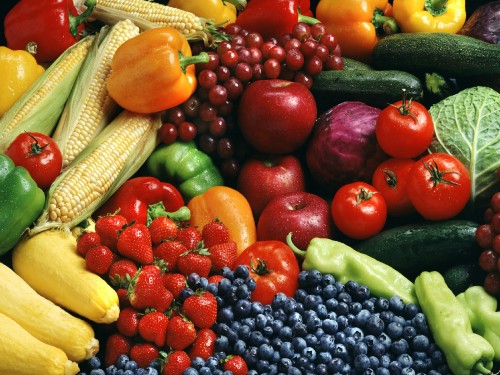
It seems like every month there’s a new diet hitting the market and it’s easy to be confused by the many competing messages. Here’s a brief introduction to three of the most popular diets today: the DASH Diet, the Paleo Diet, and the Gluten-Free Diet.
The DASH Diet:
DASH stands for Dietary Approaches to Stop Hypertension. This eating plan is based on studies by the National Institute of Health (NIH) to help prevent or control high blood pressure. DASH is naturally rich in lower calorie foods and emphasizes preparing foods with less salt and more herbs for flavor. DASH also places an emphasis on eating fewer processed/packed foods and forgoing the salt shaker at the table.
The plan emphasizes a diet rich in fruits and vegetables, whole grains, low fat dairy, fish, poultry, beans, nuts, and seeds. It discourages consuming sugar-containing beverages, fats, and too much red meat. With an emphasis on healthy, whole foods, this diet is great not only for your heart, but also your overall health.
The DASH Diet has also been shown to help maintain a healthy body weight and is recommended by the USDA as the ideal eating pattern for all Americans.
The Paleo Diet:
Also known as the Paleolithic Diet, the Caveman Diet, Stone Age Diet, and the Hunter Gather Diet, the Paleo Diet focuses on eating plants and animals that cavemen would have consumed 10,000 years ago. This diet is based on the theory that humans are biologically the same as they were as cavemen and that the diet the cavemen followed is better suited to prevent chronic diseases than the typical Western diet.
The Paleo Diet focuses on foods that could be hunted and gathered during the Paleolithic era – meat, fish, eggs, tree nuts, vegetables, roots, and fruits. The diet restricts all grains, dairy, potatoes, processed oils, and sugar; i.e., everything that was introduced to the human diet with the advent of agriculture. The only beverages allowed are water, coconut water, and green tea.
Like many diets, this one does have its critics. From a nutrition standpoint, restricting huge food groups like whole grains and dairy can leave the dieter missing important vitamins and minerals, while relying too heavily on meat can have severe consequences on heart health and wellness in general. Some critics stress that it is virtually impossible to mimic a true Paleolithic diet, as wild game meats are hard to come by and most meat choices are now domesticated. Anthropologists theorize that cavemen may have missed diseases of the modern world not because of a specific combination of foods, but because of the scarcity of food in general and the overall reduction in total calories.
Gluten-Free Diet:
It seems like almost every package in the grocery store now has a label proudly exclaiming “Gluten-Free!” Gluten is a protein found in wheat, barley, and rye. It’s the substance that gives dough its elasticity; i.e., the chew you notice in many baked goods. But for people with celiac disease, when gluten is consumed, it causes damage to the lining of the small intestine. The damage to the intestine causes the person to not be able to effectively absorb vitamins and minerals, which may lead to dietary deficiencies. Any food, beverage, or medication that contains gluten must be completely avoided; even the smallest amount can cause damage and make the sufferer very sick.
Fortunately, gluten can be avoided by removing all products containing wheat, barley, and rye from one’s diet. There are plenty of healthy gluten-free choices, including fruits, vegetables, low fat dairy, lean meats, beans, legumes, nuts and seeds, as well as gluten-free starches like quinoa, rice, corn, and potatoes. In addition, many gluten-free packaged foods, such as cereals, pastas, breads, and pizzas, are now available, adding variety and convenience for people who suffer from celiac disease.
Whether you follow one of the diets listed above or not, it’s best to consult your doctor or a registered dietician before beginning a new eating plan.
Guest Blogger Darcie Sosa is a Dietetic Technician for Everyday Health.



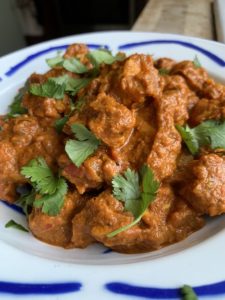

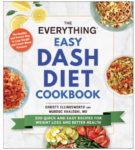
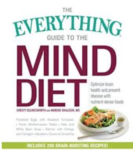
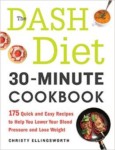
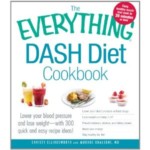

7 Responses to Climbing Through the Diet Maze